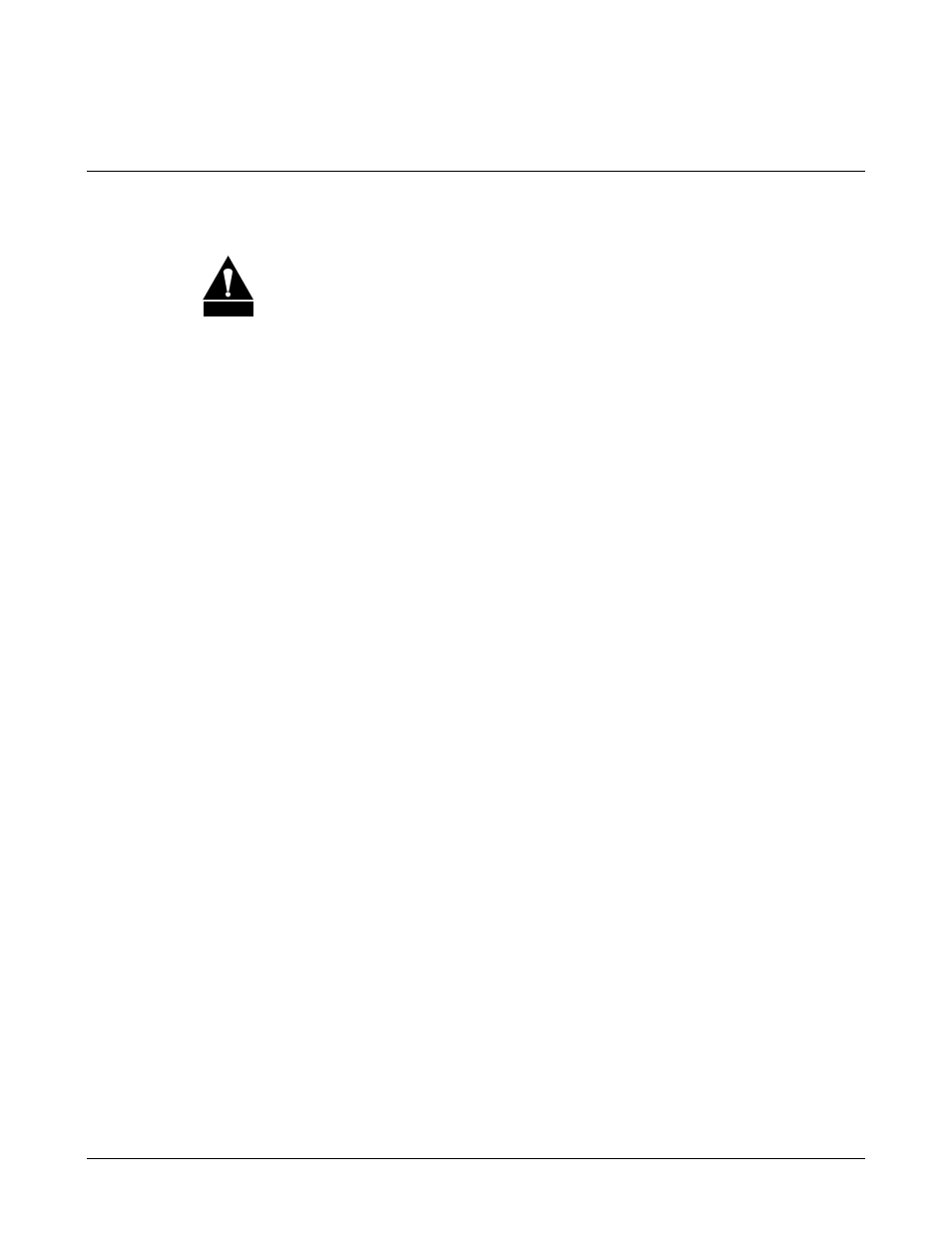Fault isolation, System faults/alarms – Comtech EF Data SDM-300A User Manual
Page 344

SDM-300A Satellite Modem
Revision 6
Troubleshooting
MN/SDM300A.IOM
18–8
18.3 Fault
Isolation
The modem’s design allows a technician to repair a faulty modem on location.
CAUTION
This equipment contains parts and assemblies sensitive to damage by ESD.
Use ESD precautionary procedures when touching, removing, or inserting
PCBs.
The fault isolation procedure lists the following categories of faults or alarms.
• Modulator
• Demodulator
• Transmit Interface
• Receive Interface
• Common
Equipment
• Backward Alarms
Note: Each fault or alarm category includes possible problems and the appropriate action
required to repair the modem.
If any of the troubleshooting procedures mentioned earlier in this chapter do not isolate the
problem, and Comtech EF Data Customer Support assistance is necessary, have the following
information available for the representative:
• Modem configuration. Modem configuration includes the modulator, demodulator,
interface, or local AUPC sections.
• Faults (active or stored).
18.3.1 System
Faults/Alarms
System faults are reported in the “Faults/Alarms ” menu, and stored faults are reported in the
“Stored Flts/Alms” menu. Refer to Chapter 4 for more information. To determine the
appropriate action for repairing the modem, refer to Table 18-2 and the list of possible
problems.
